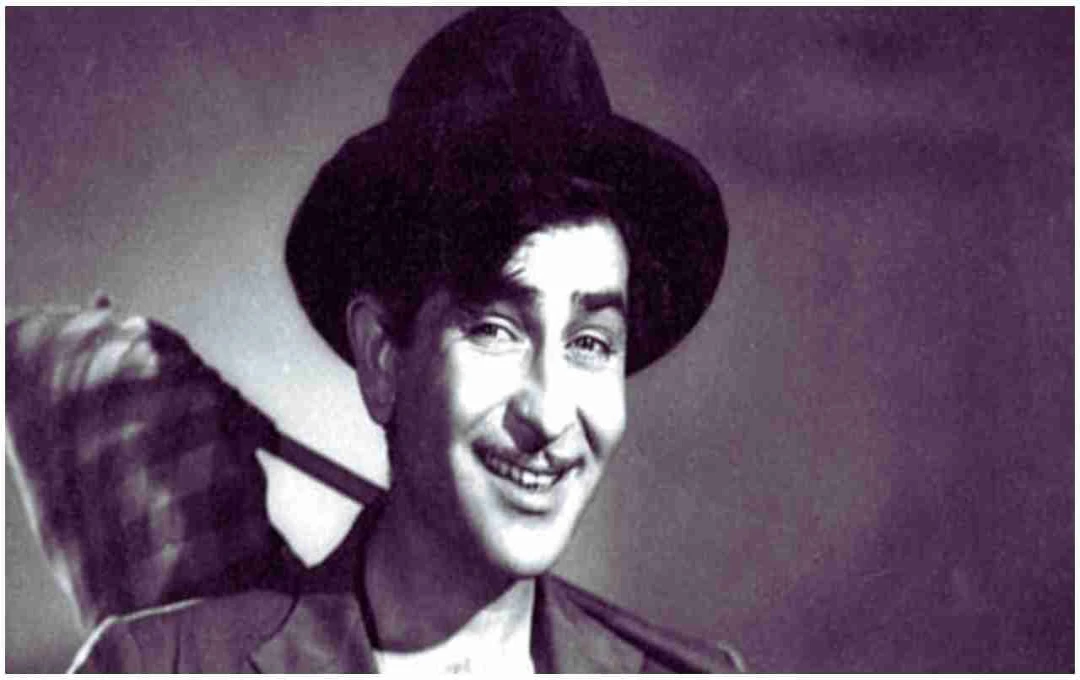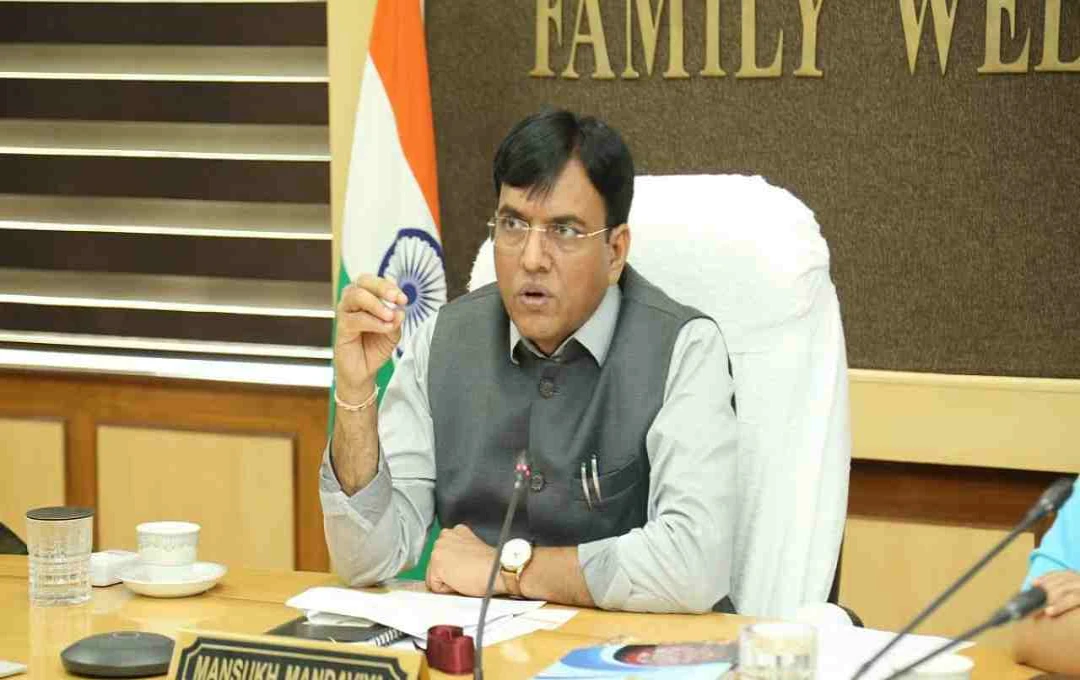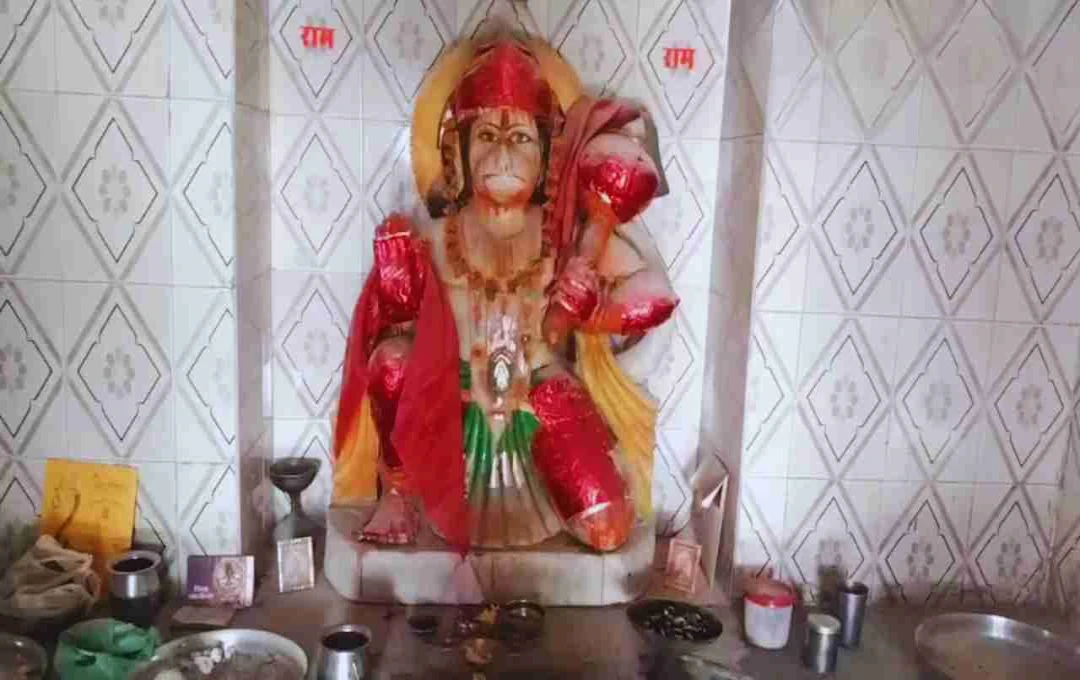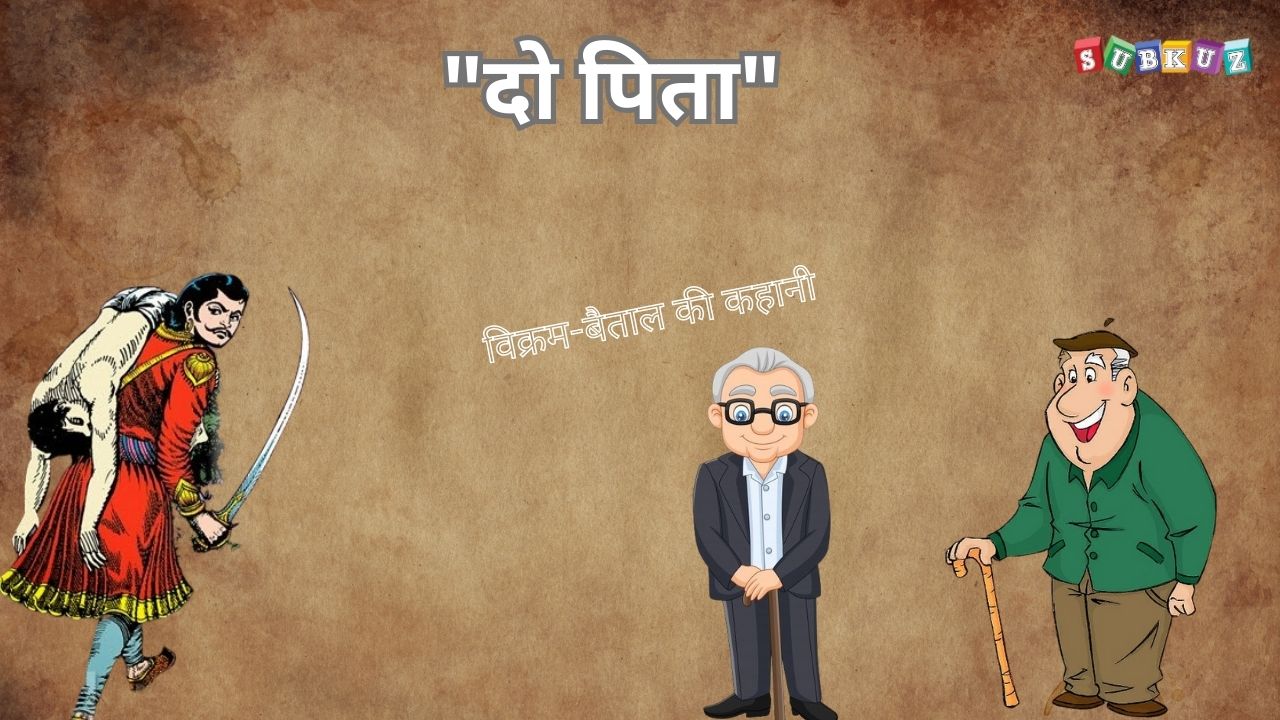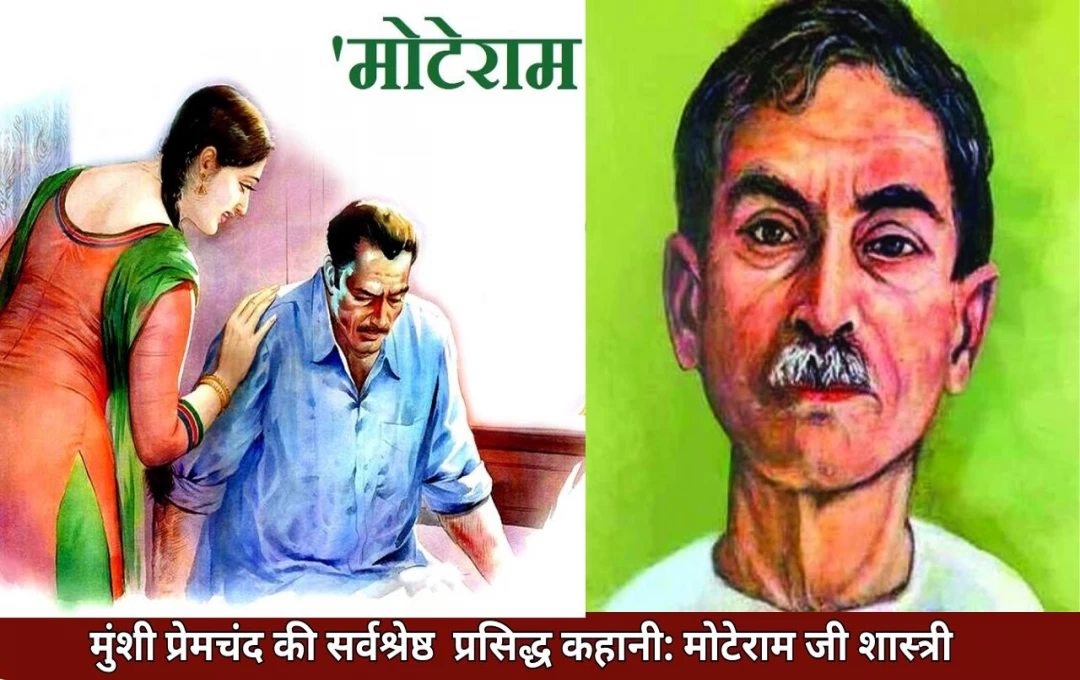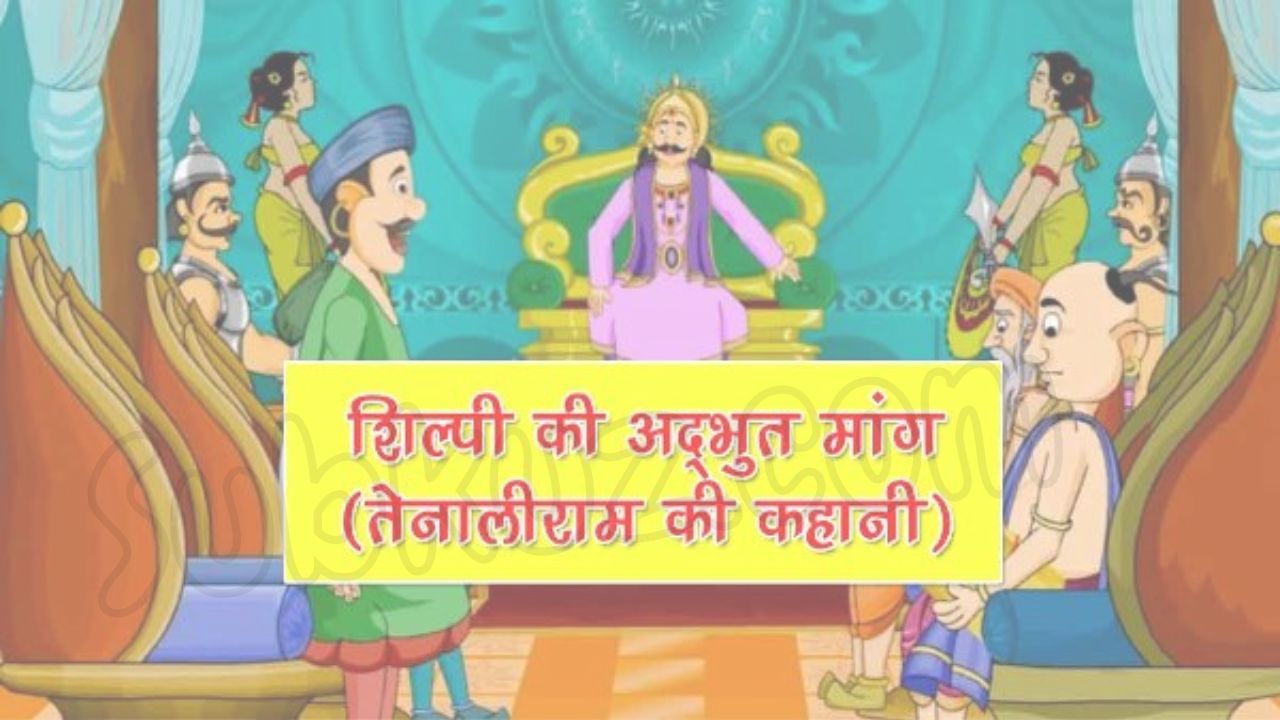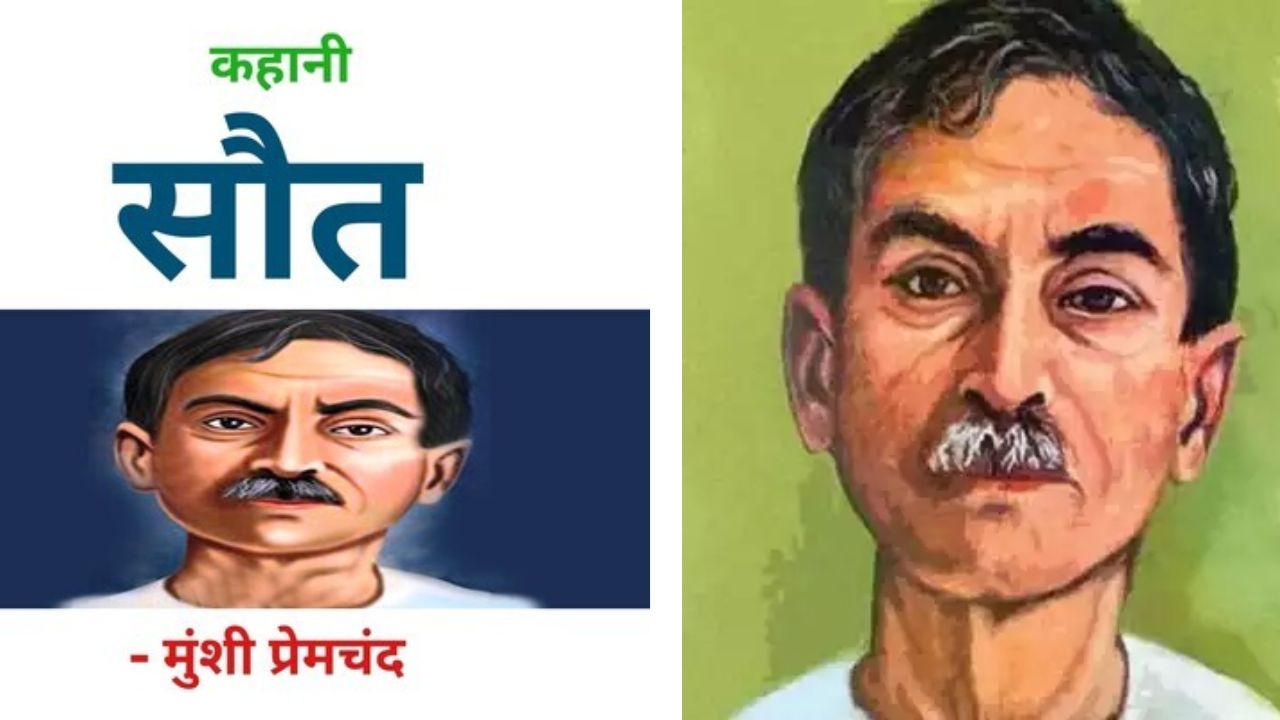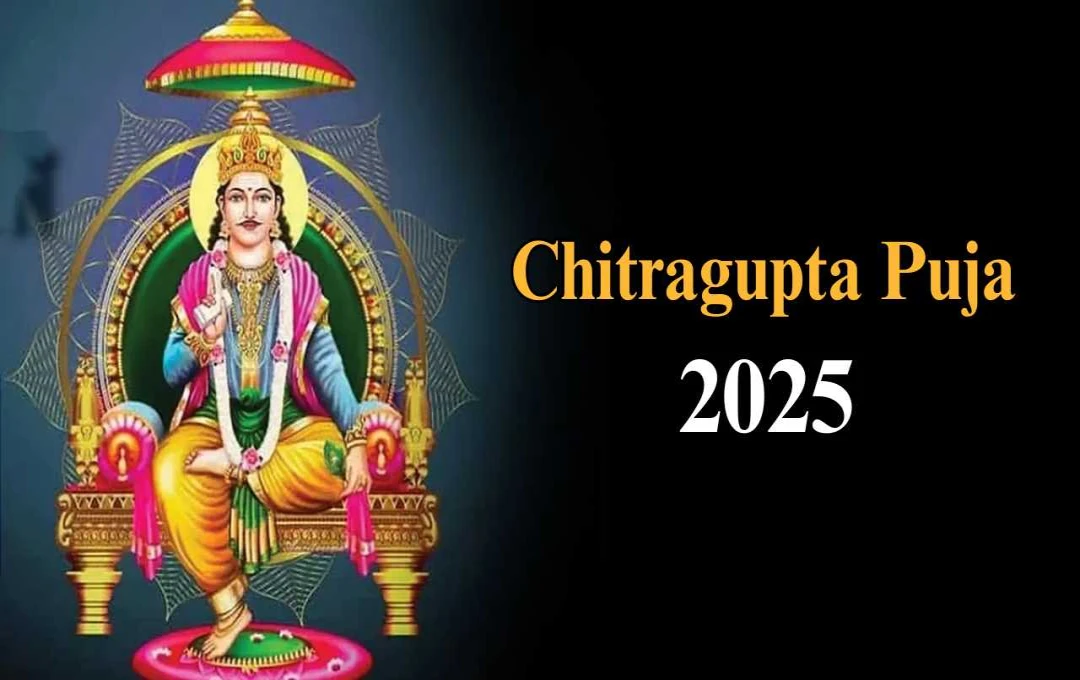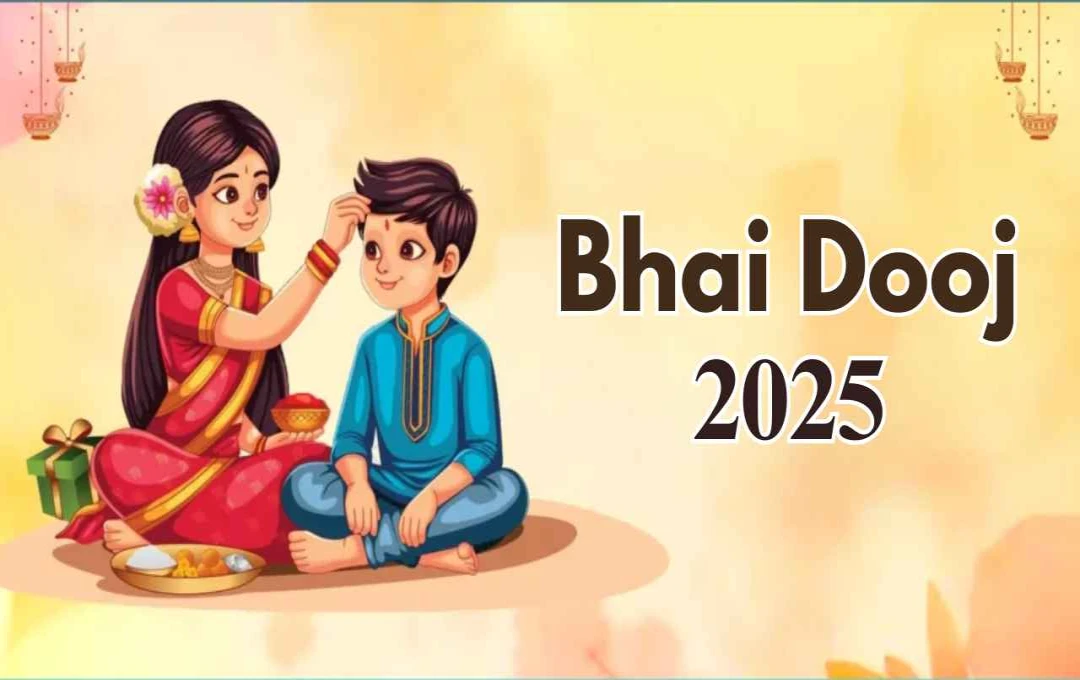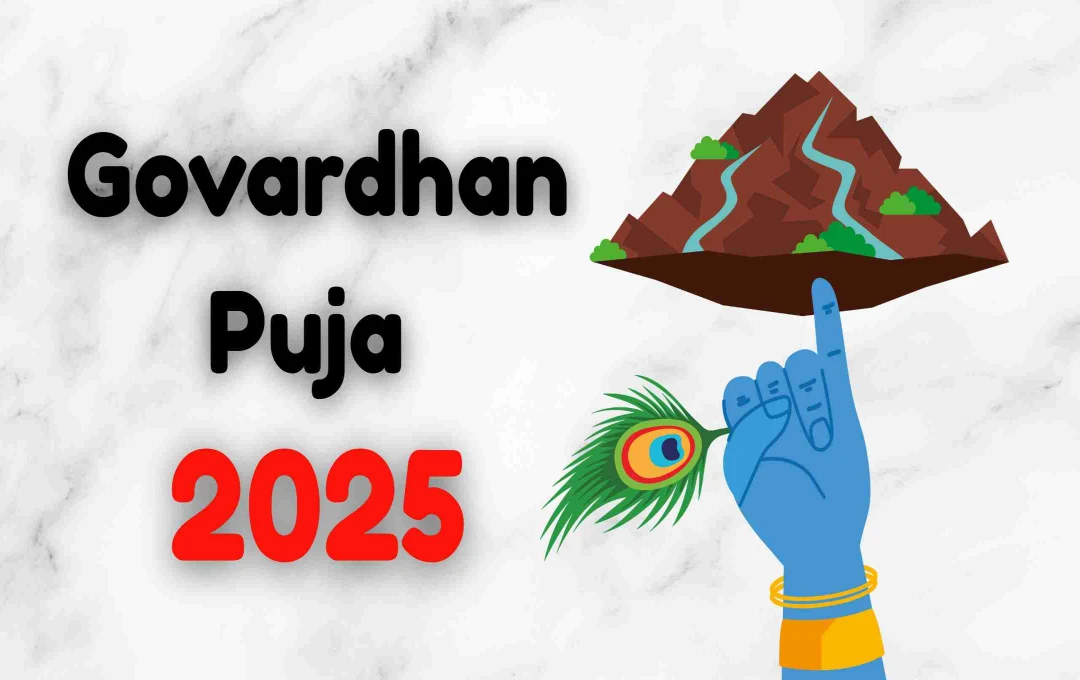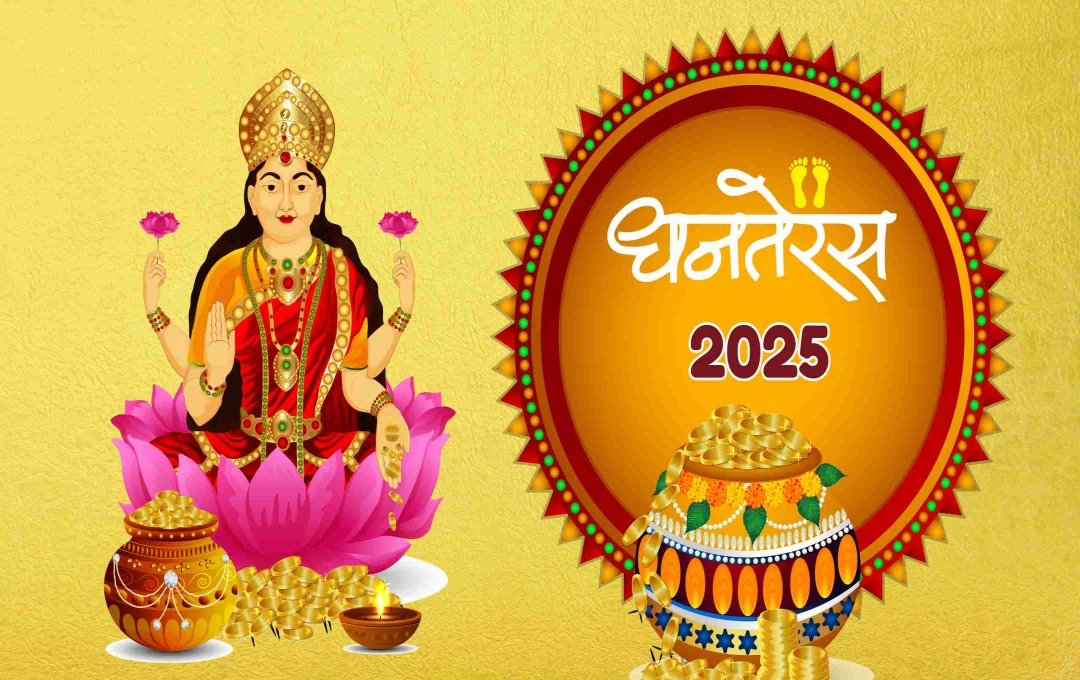Raj Kapoor (1924–1988) was a prominent figure in Hindi cinema who established himself as an actor, director, and producer across these three domains. He is widely regarded as the ‘biggest showman’ of Hindi films, and his movies weren’t merely entertainment; they often reflected the realities of society, particularly inspired by Jawaharlal Nehru’s socialist ideals.
Early Life and Film Debut
Raj Kapoor began his cinematic journey at a young age. At just 11 years old, he appeared in a small role in the film ‘Inkलाब’. Subsequently, he worked as an assistant at Bombay Talkies Studios, where he performed tasks like operating a clapboard, gaining valuable insights into the workings of cinema and laying the foundation for his future career. His father, पृथ्वीराज कपूर, believed that Raj would undoubtedly achieve success in the film industry, regardless of his academic performance.
Rise as a Director and Producer
In 1948, Raj Kapoor embarked on his directorial and producing career with the film ‘Aag,’ which, unfortunately, didn’t achieve significant success. However, in 1949, he produced ‘Barsaat,’ which established him as a successful director and producer. This film featured a new team and the renowned musical duo, Shankar-Jaikishan, with whom he would collaborate extensively in the future. The music and emotionally resonant storyline of ‘Barsaat’ resonated deeply with audiences, marking Raj Kapoor’s emergence as a true film star.
International Recognition with ‘Awara’
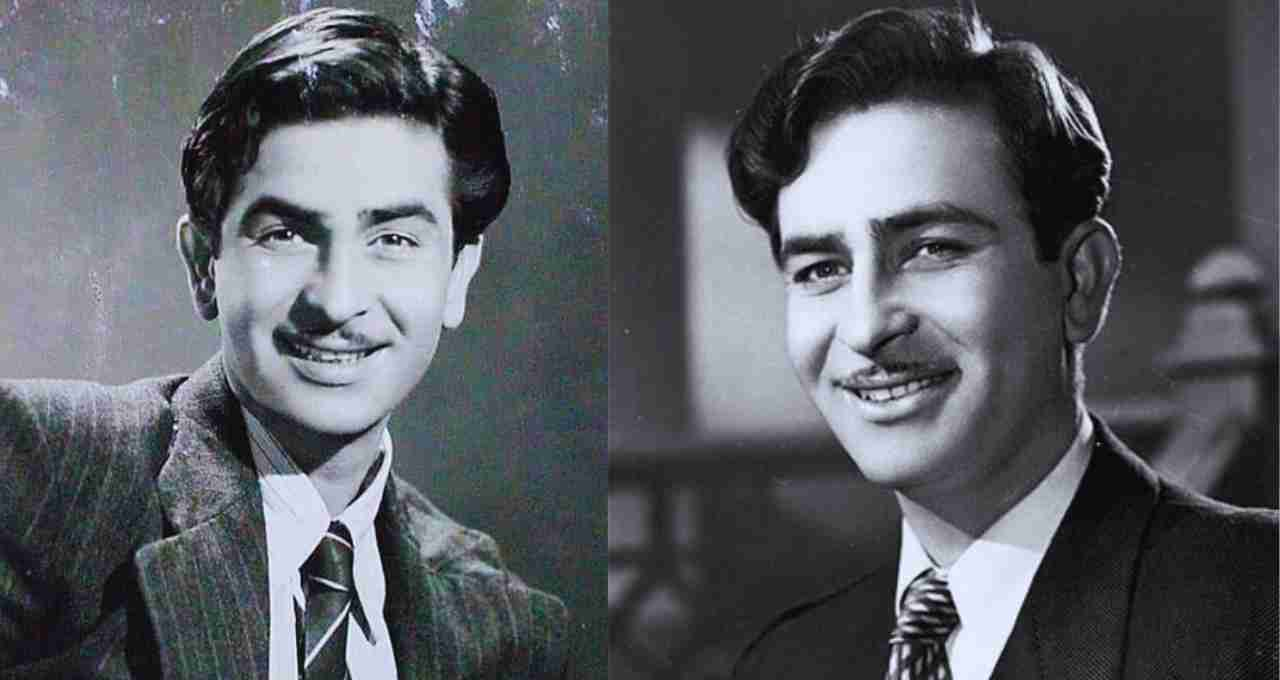
The 1951 film ‘Awara’ propelled Raj Kapoor to fame, not only in India but also in several countries worldwide, including the Soviet Union, China, and Egypt. The film’s popularity led people in these nations to view Raj Kapoor as a cultural representative of India. His acting style and storytelling abilities captivated audiences globally. Even Mao Zedong, the leader of China, reportedly considered ‘Awara’ one of his favorite films.
‘Shree 420’ and Echoes of Socialism
Raj Kapoor’s 1955 film ‘Shree 420’ depicted how the pursuit of progress and urban prosperity could lead to the loss of genuine human values and integrity. The film portrayed a common man’s struggles with simplicity and emotion. The iconic song ‘Mera Joota Hai Japani’ remains a symbol of patriotism and Indian identity to this day.
Experimentation and Setbacks
Throughout his career, Raj Kapoor experimented with various genres. Films like ‘Aaah’ (1953) and ‘Phir Subah Hogi’ (1958) were emotionally rich and visually beautiful, but they didn’t perform well at the box office. Nevertheless, he created ‘Boot Polish,’ a film with a unique concept, featuring child actors and a poignant storyline, which touched the hearts of viewers despite not featuring himself prominently.
Artistic Heights: ‘Zanjeer’ and ‘Teesri Kasam’
‘Zanjeer’ received a ‘Grand Prix’ award at the international level. ‘Teesri Kasam,’ based on a story by Fani Opher, showcased Raj Kapoor’s acting prowess at its peak. Notably, he accepted a meager remuneration of just one rupee for the role.
‘Mere Naam Joker’ – A Dream and a Pain
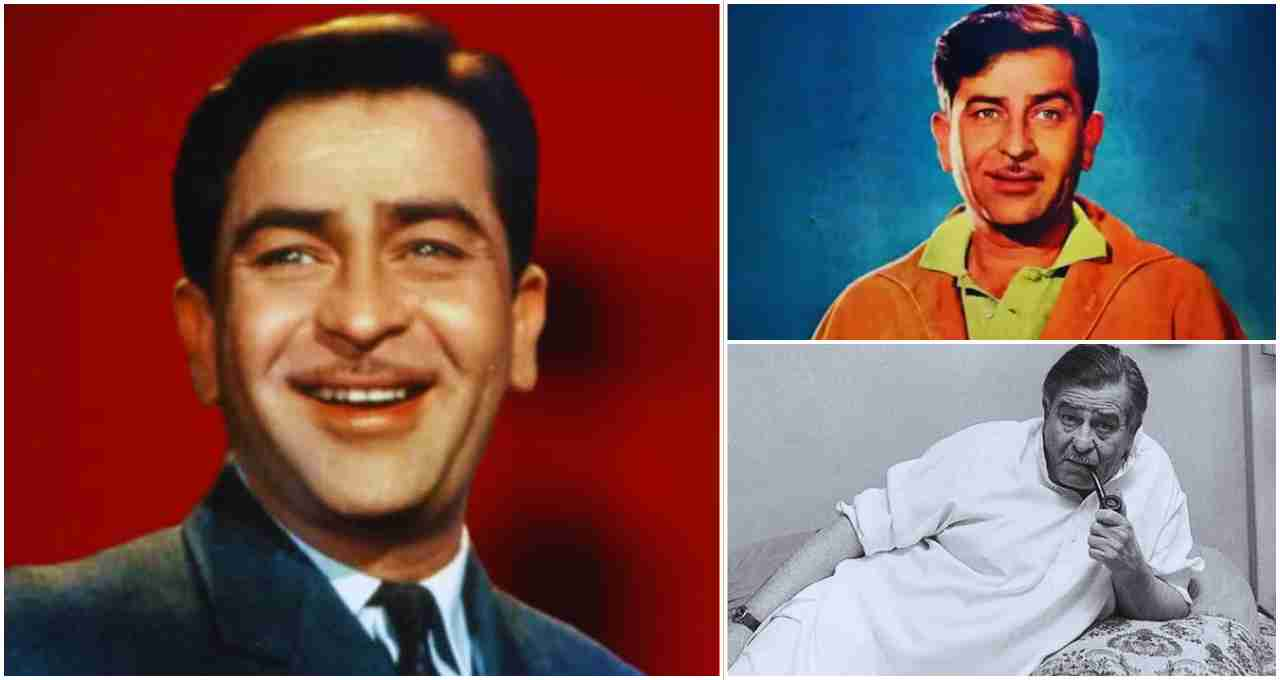
Raj Kapoor’s 1970 film ‘Mere Naam Joker’ was deeply personal to him. Through the character of a jester, he conveyed his life’s experiences, struggles, and loneliness. The film’s length and emotional depth proved challenging for audiences at the time, leading to its initial failure. However, over time, it has been recognized as a classic of Indian cinema, a cherished testament to Raj Kapoor’s vision and emotions.
Return to Character Roles and Direction
Following ‘Mere Naam Joker,’ Raj Kapoor primarily took on character roles, reducing his appearances in leading roles. However, he didn’t abandon direction. In 1973, he made a successful return to the box office with ‘Bobby,’ launching his son, Rishi Kapoor, and the newcomer, Dimple Kapadia, without relying on established stars.
‘Satyakam Shivam Svamarm,’ ‘Prem Rog,’ and ‘Ram Teri Ram’
These films skillfully blended technical excellence, emotional depth, and social themes. ‘Prem Rog’ sensitively addressed the issue of widow remarriage. ‘Ram Teri Ram’ further solidified Raj Kapoor’s directorial capabilities and achieved widespread success.
An Unfulfilled Vision: ‘Hina’
‘Hina’ was Raj Kapoor’s final dream, aiming to portray the complex relationship between India and Pakistan through a love story. Sadly, this vision remained incomplete as Raj Kapoor’s passing in 1988 prevented its completion. Later, his son, Randhir Kapoor, fulfilled this project, presenting a story that reflected his father’s thoughts and emotions.
Raj Kapoor was more than just an actor or a director; he represented a philosophy and a worldview. He utilized Indian cinema as a tool for social commentary, effectively conveying human emotions, social injustices, and the inner journeys of individuals. Whether it was ‘Awara,’ ‘Shree 420,’ or ‘Mere Naam Joker,’ each film showcased his sensitivity and cemented his legacy as the ‘showman’ and the soul of Hindi cinema.
